I am setting up a new electronics lab for embedded systems related work. We need four or five workbenches/workstations, a soldering station, enough storage space for all the essential electronics supplies, and maybe some other useful equipments. We already have quite some equipments available such as oscilloscopes, logic analyzers, large cabinets, etc. But we need a storage solution for all those electronics components.
I see there's already a SE question (Best way to get components for a new electronics lab). But that one is about getting components while I am thinking about the higher level things including lab layout, workbench design, flooring & lighting etc. I would like it to be a bright, modern, and safe lab environment.
I guess I need some professional help here. I could quickly google some lab outfitting companies and contact them directly. But I would like to hear some recommendations from you, my fellow engineers. Thanks.
Update 1: this is for a commercial company. There will be multiple projects going on in this lab.
Update 2: To make this post less "opinion based", I would appreciate some suggestions on which firms offer this kind of consultant service. I don't have a lot of time to figure out all things myself. I just want some help to set up a good looking and functional lab quickly.
